Image Quality
It’s sometimes said that a zoom lens is like having a bag of primes in one lens. It’s a nice sentiment, and can be accurate in some situations, especially with mid-range telephoto zoom lenses like the high-end 70-200mm f/2.8 lenses that each manufacturer makes. However, ultra-wide zoom lenses have always had some level of compromise when compared with the very best prime lenses, and this has especially been true of those that push the envelope beyond 16mm. However, the Sigma 14-24mm f/2.8 DG DN is the first ultra-wide zoom lens I’ve used that is truly like a bag of the very best wide-angle prime lenses throughout the focal range.
Sharpness
I’ve been shooting with the Sigma 14-24mm for about three weeks now, and one word continually escapes my lips when looking at the images after offloading my memory card. “Wow.” I honestly have lost track of how many times “Wow!” has escaped my lips when reviewing images from this lens. I’m shooting on the A7R IV, a camera that pushes glass to its limits with its 60 megapixel resolution, and the 14-24mm is capable of producing sharp images to the very extreme corners, at all focal lengths in the zoom range.
Starting right from f/2.8, the lens is sharp over 90% of the frame, with only the very last part of the image softening slightly. Stop down just a stop or two and the lens sharpens to become extremely impressive into the very corners. While some of the very best primes can match the Sigma in the 18-24mm range, I don’t know if I’ve seen any lens resolve like the 14-24mm does between 14mm and 18mm.
Here are two examples at 14mm, though the lens is truly outstanding throughout the range. The first shot is at 14mm, f/10 with a circular polarizer and 1.3 second exposure:
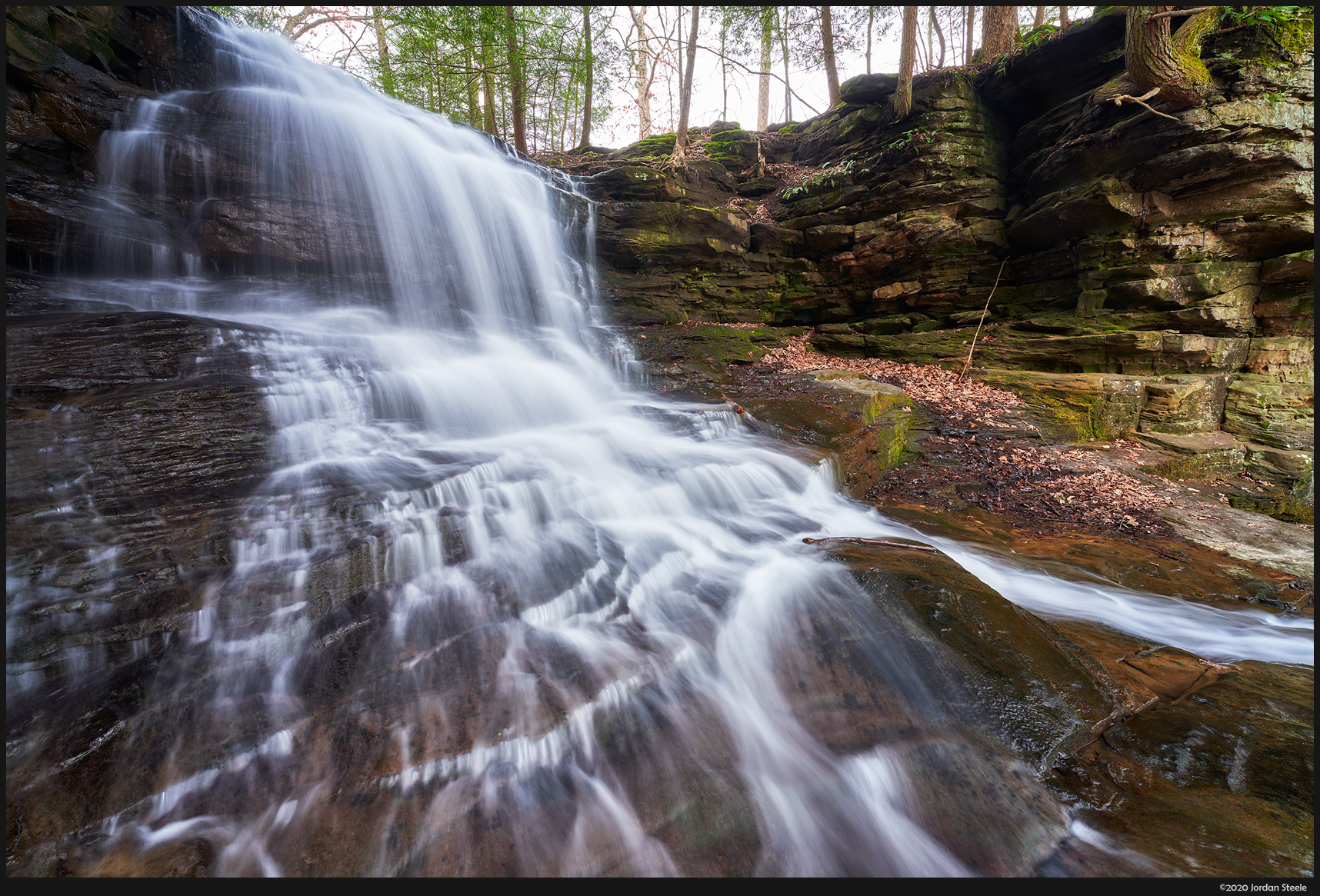
And a 100% crop from the extreme upper right corner:
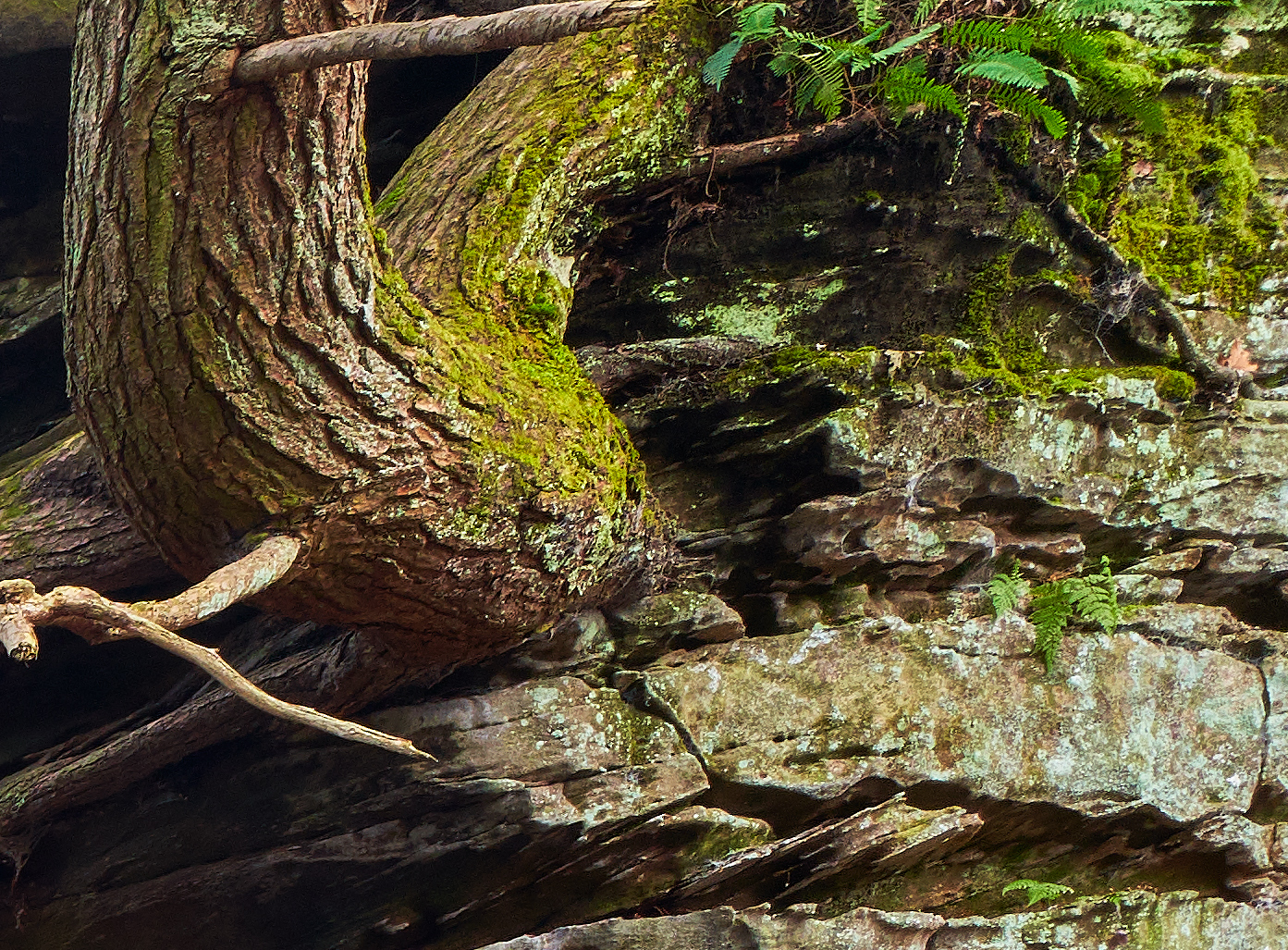
That kind of corner resolution would be impressive on a lens of any focal length, though not unprecedented for top-notch glass. But for 14mm? That’s simply remarkable. Another example shows how good it still does even wide open. The (rather mundane) image below was taken at 14mm at f/2.8, at a fairly close focus distance (where the lens isn’t quite as good as it is at further distances….but still very, very good.)
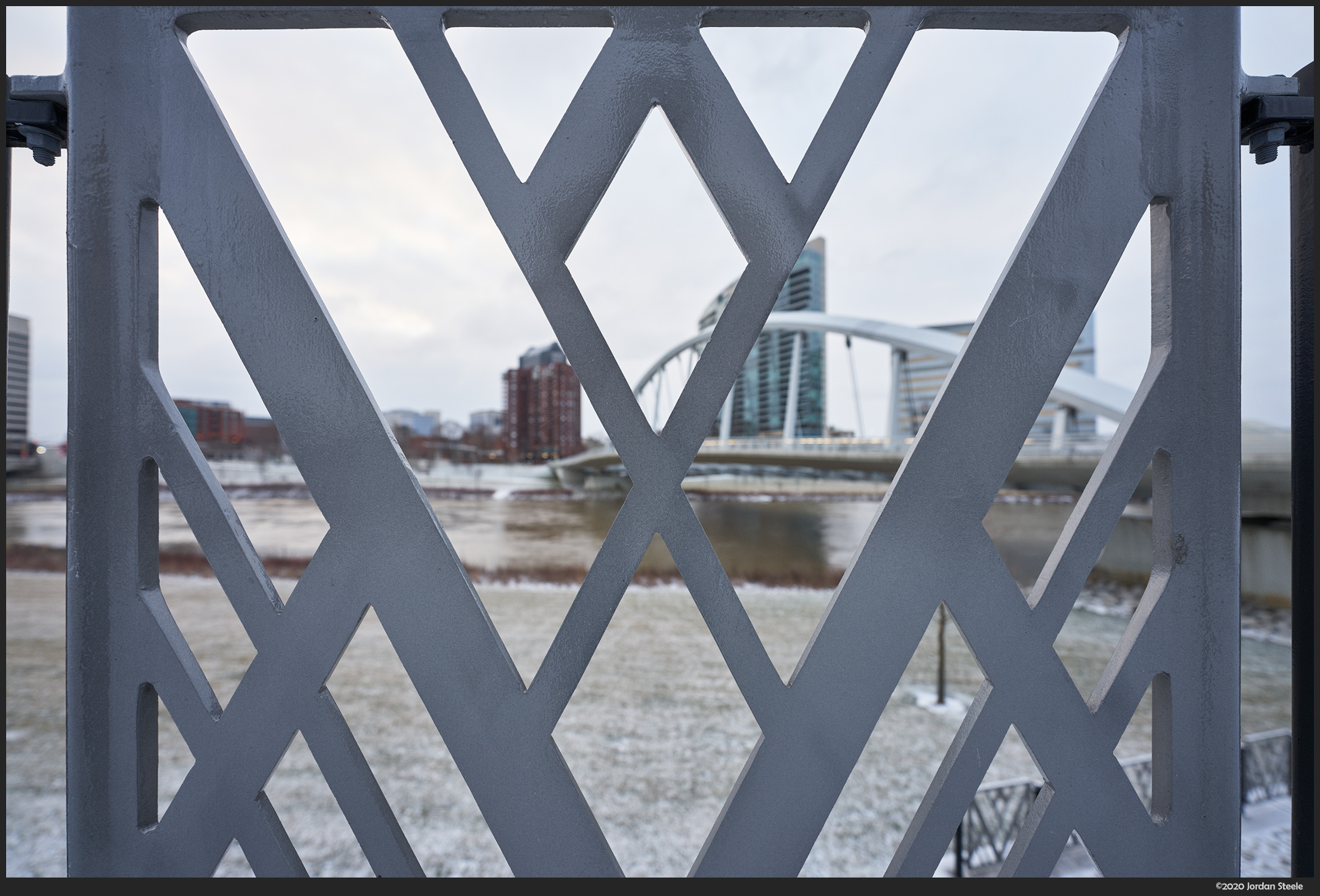
Now take a look at the 100% crop very near the corners. This is simply stunning sharpness, wide open at the extreme 14mm focal length, and close focus, on a 60 megapixel sensor. Wow.
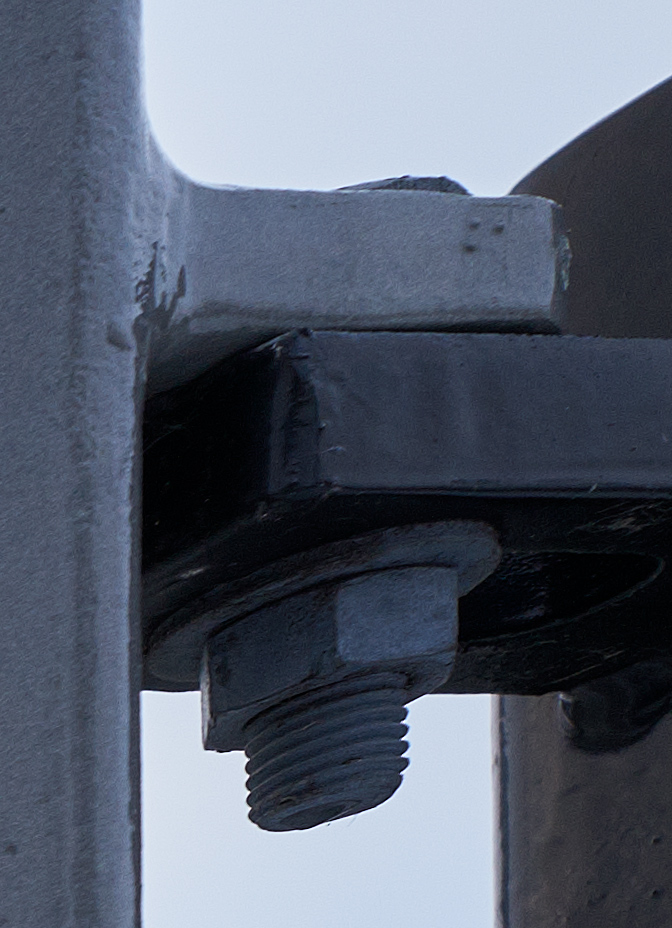
There are only a handful of wide primes with this level of performance. In my use with this lens, I’m seeing quality generally on par with the Zeiss Loxia 21mm, throughout the zoom range. It’s worth noting that it bests the Loxia 21mm in one key way, though: the image plane for the Sigma 14-24mm f/2.8 is almost perfectly flat, with no perceptible field curvature when shooting near infinity.
Color and Contrast and Chromatic Aberration
It would be remarkable enough if the lens were simply extremely sharp, but the positives keep coming. The Sigma 14-24mm produces images with excellent contrast throughout the focal range, right from wide open. There’s a richness to the color and contrast profile that I only see on the best lenses. There’s a subtlety to the tonal rolloff, despite high overall contrast: a rare trait.

Like most Sigma lenses, the 14-24mm does tend to the warm side, which I like, though if you prefer more neutral colors, you’ll want to adjust the white balance in post.
The Sigma 14-24mm also shows remarkable resistance to chromatic aberration. Lateral chromatic aberration is negligible, and longitudinal CA and purple fringing are also essentially absent. This is especially amazing at the 14mm focal length, where many primes near that focal length struggle to correct color aberrations.
Bokeh
While bokeh is not typically a chief concern among wide-angle zoom lenses, the fast f/2.8 aperture and reasonable close-focus ability of the lens do allow for the ability to blur the background fairly sufficiently if desired. The quality of that blurred background is fairly good for an ultra-wide zoom, though in absolute terms it’s nothing special. Bokeh is somewhat high in contrast, but specular highlights are generally evenly lit, with a hint of a bright edge to them.
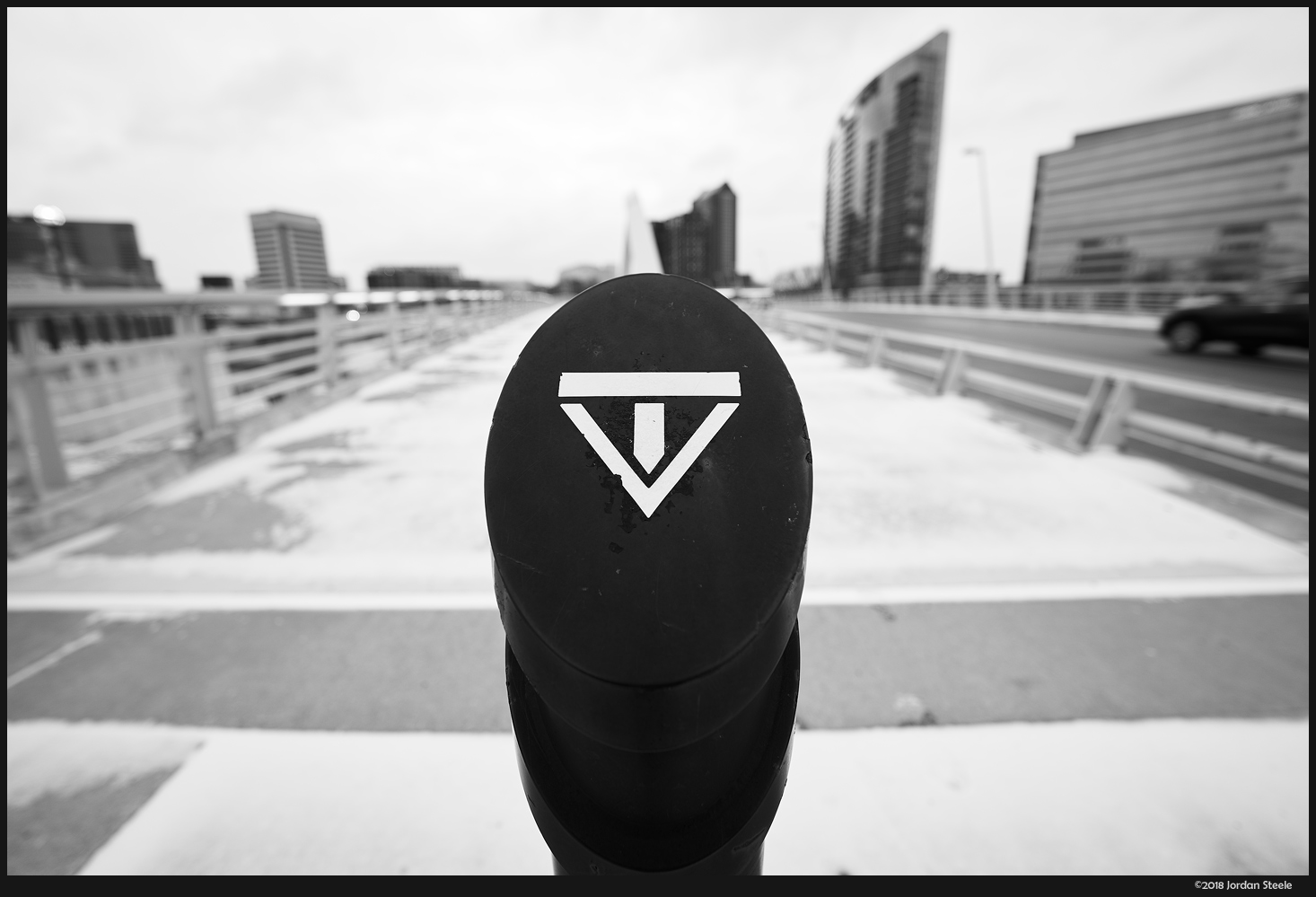
Distortion, Flare and Vignetting
Finally we come to a ‘weakness’ of the lens, and that’s with distortion at the wide end. The lens displays fairly strong barrel distortion at 14mm, which will not generally be noticed in landscape work, but is visible when shooting architecture. The distortion can be corrected via a lens profile with minimal impact to sharpness, given the outstanding starting point in that regard. Zoom in a bit, and the distortion eases significantly, such that by 24mm, the slight pincushion distortion that remains is barely field relevant.
The lens performs very well with regards to flare, however. The 14-24mm can produce small colored ghosts in certain circumstances, but they are rarely distracting, and the veiling flare performance is outstanding. Essentially zero loss of contrast occurs when shooting into the sun, regardless of where the sun falls in the frame.
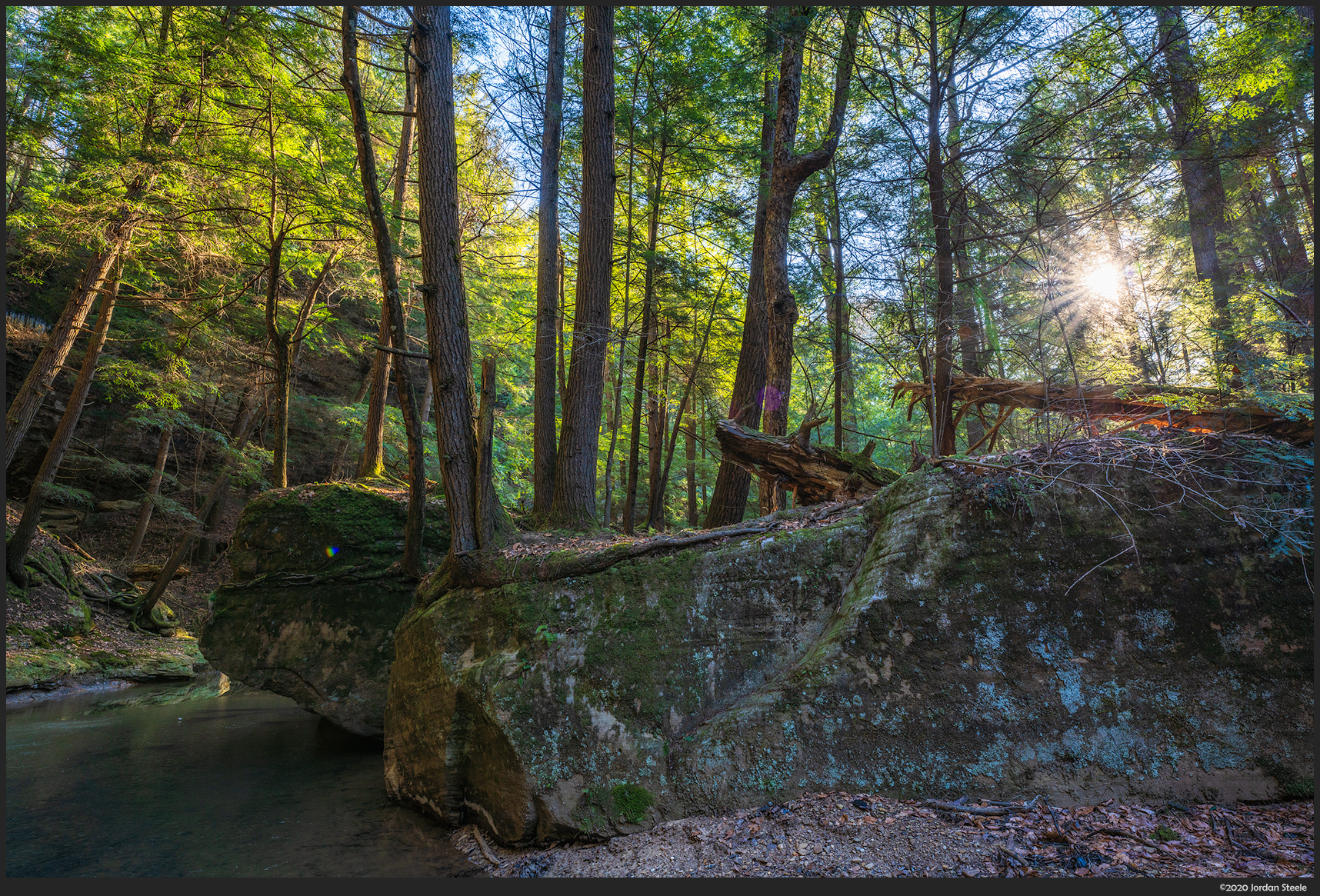
Another weaker point is with regards to vignetting. Vignetting is fairly high at wide apertures and eases somewhat when stopping down, though never fully disappears. For me, this is a complete non-issue, but others may feel differently.
Coma and Sunstars
The Sigma 14-24mm continues its optical prowess with very low coma throughout the zoom range, making this a very competent lens for astrophotography. On the flip side, when shooting the bright star in the center of our solar system, you can create rather busy 22 point sunstars, that are fairly poorly defined until about f/16, where they become more structured and pleasing. This is one area where a lens like the Loxia 21mm or any of the Voigtlander wide primes easily surpass the Sigma zoom, if sunstars are important to you.
In all, the Sigma 14-24mm f/2.8 DG DN is simply remarkable optically. It’s exceptionally sharp throughout the zoom range, with very low chromatic aberration, great flare control and outstanding color and contrast. It’s not only the best ultra-wide zoom lens I’ve ever tested, it’s right up there with the absolute best wide-angle prime lenses I’ve ever used.

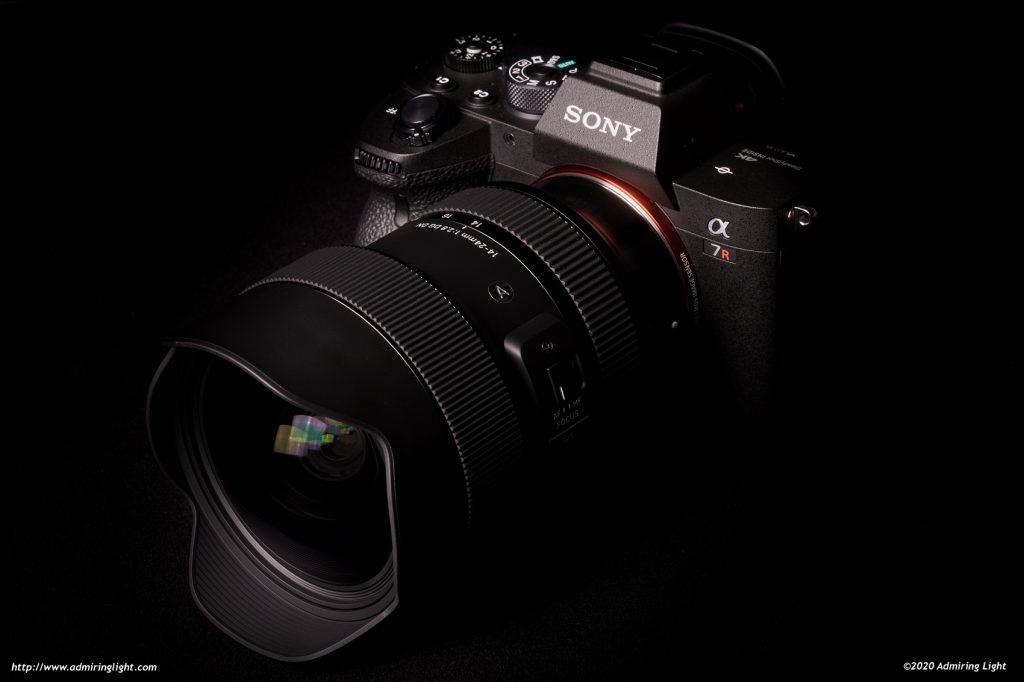




Leave a Reply